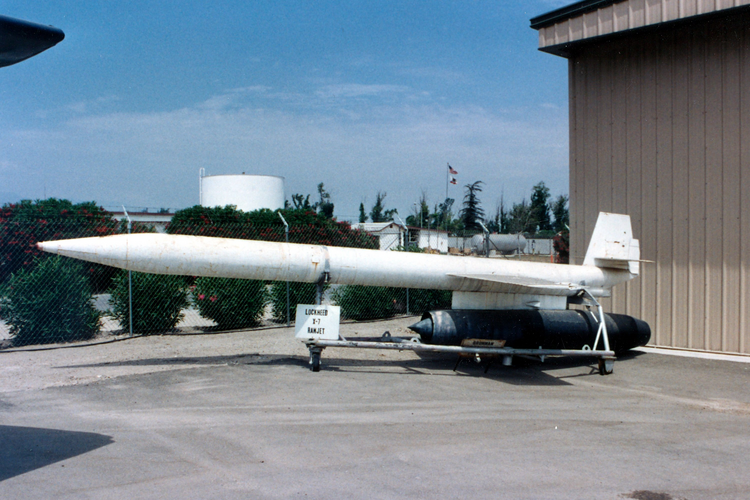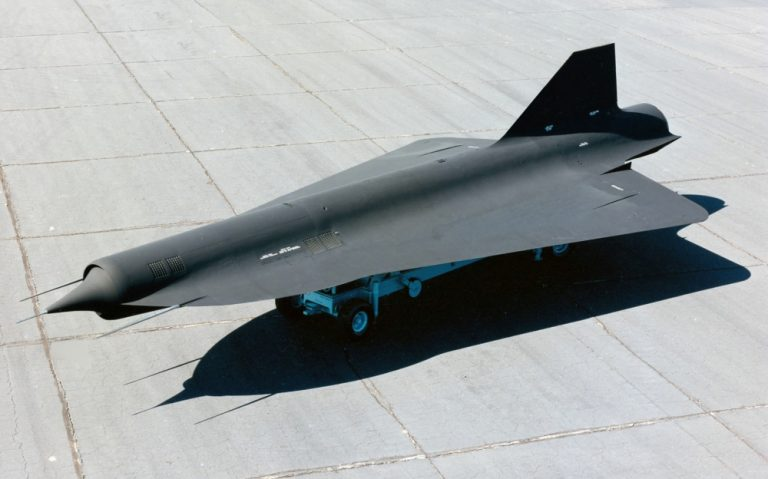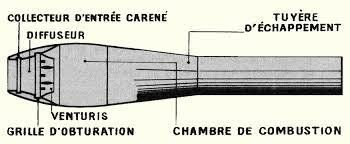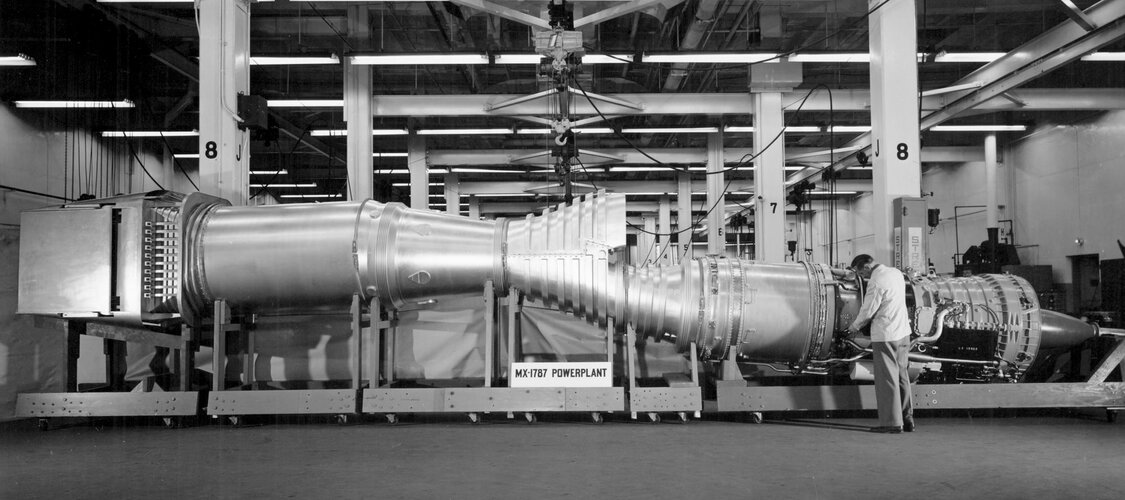KHambsch
ACCESS: Confidential
- Joined
- 11 May 2020
- Messages
- 163
- Reaction score
- 175
Here's the snip from the Shunk Works doc. That 48"er is one unusual looking unit!!! KFinally, I located an image of the Marquardt 30" diameter ramjet engine. It is almost 11 feet in length: (130.75 inches), and weights over 300lbs...I'll get that exact amount in a later post. This image gives an idea of the shear size.Looking down the barrel of a Marquardt 30" diameter ramjet engine..note the "tic, tac, toe" flame holder and circular fuel pressure lines with spray jets facing forward. Can see why these first ones were so fuel inefficient. KView attachment 652128
***Note: The quazi teardrop shaped diffuser in the 48" ramjet engine is actually also a fuel tank. Since the wingtip fuel tanks of the P-80 were removed to mount the ramjet engines, the over all fuel capacity was significantly limited.
So much so, that it was decided to stow extra fuel in the abovementioned. The ramjet engines also required a certain amount of "warm up" time to be fully evaluated. In fact, test periods were very short in duration: a matter of a few minutes or less, for both for warming and actual testing, at various altitudes. Am attaching what the P-80 would have looked like with the 48 inch diameter units.
Attachments
Last edited:


























